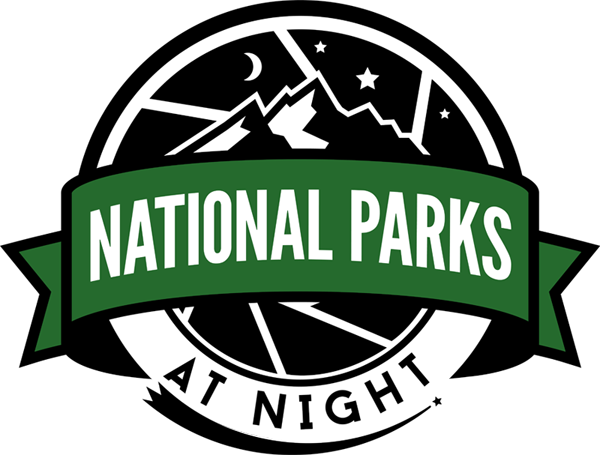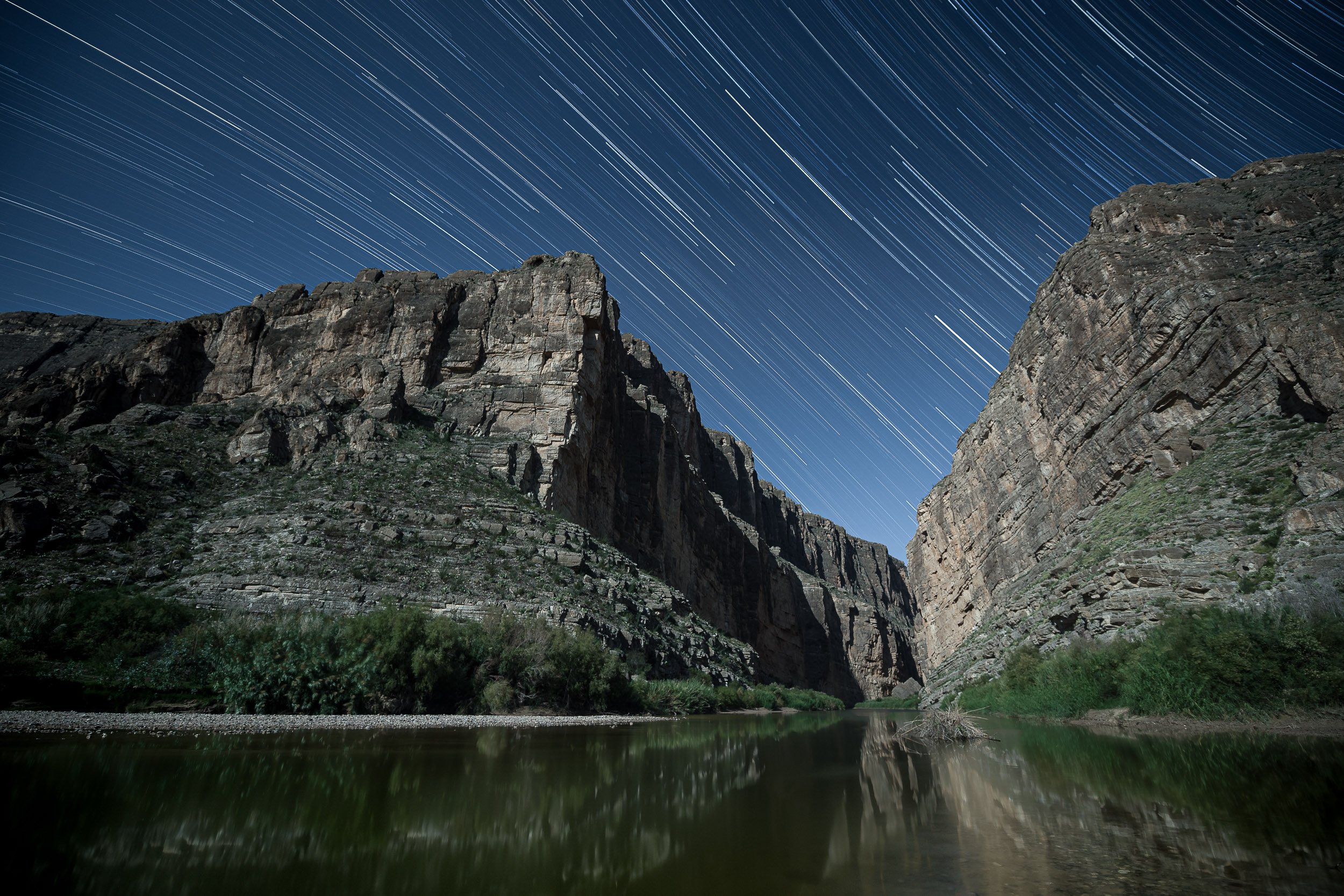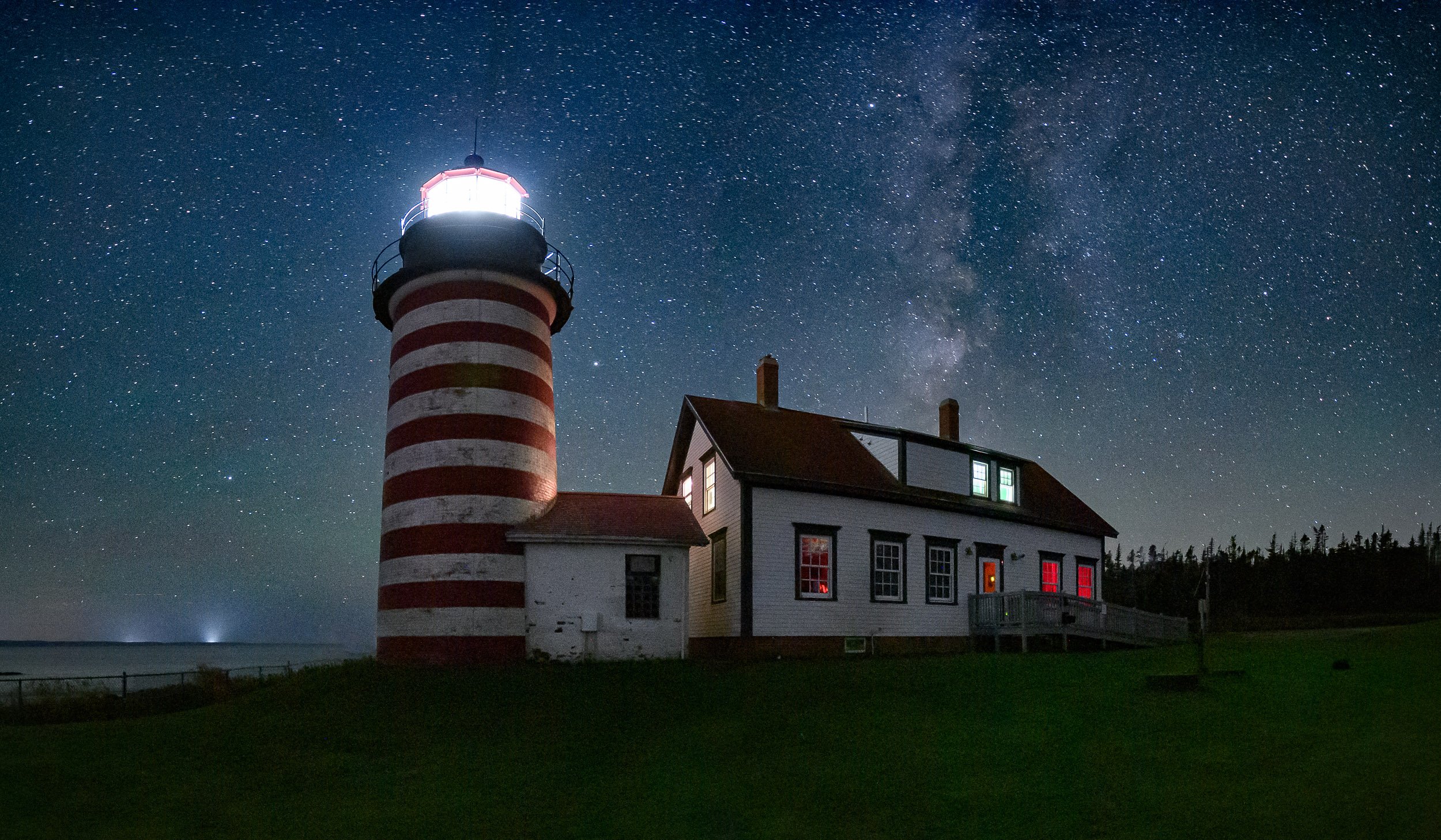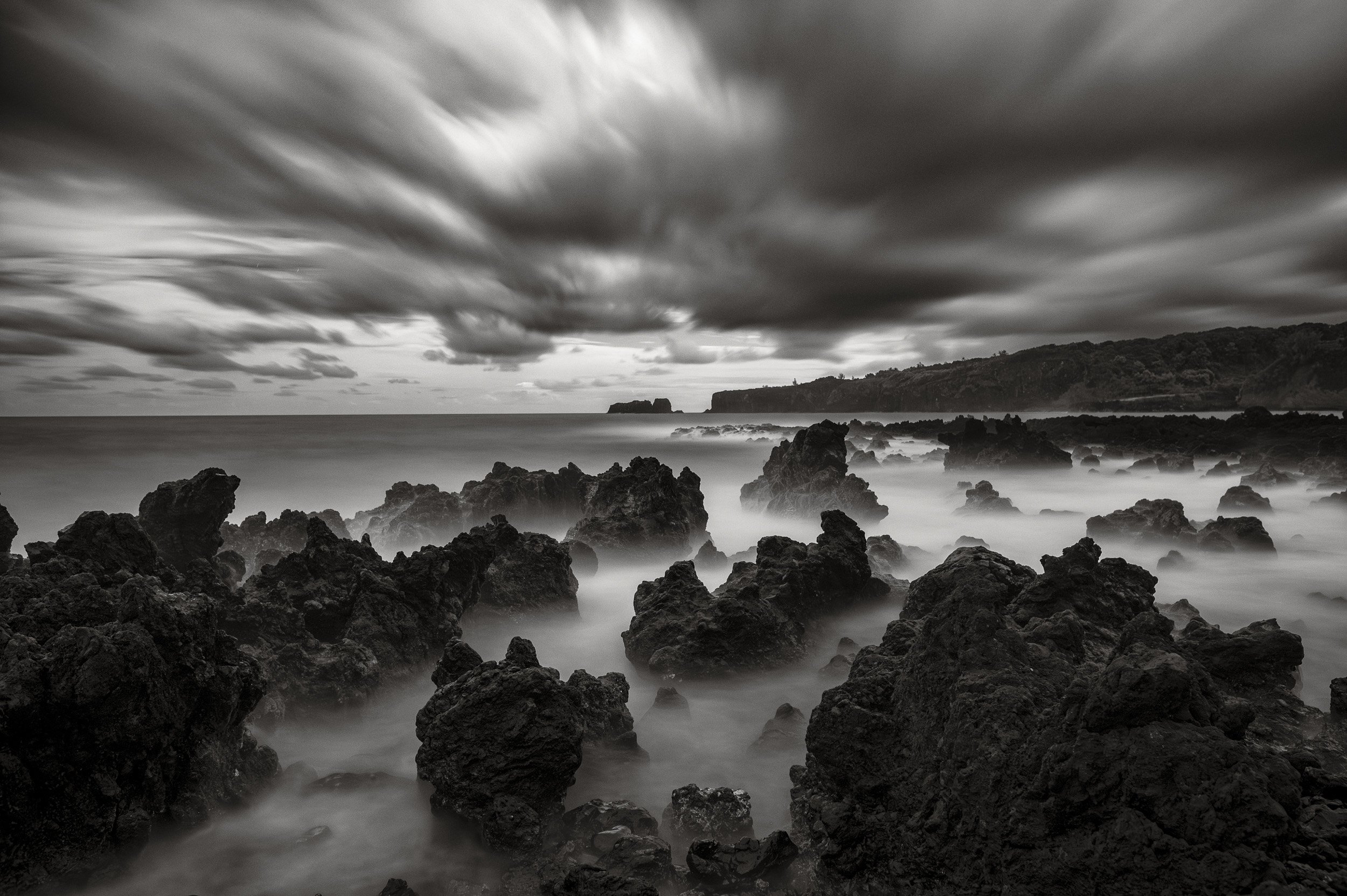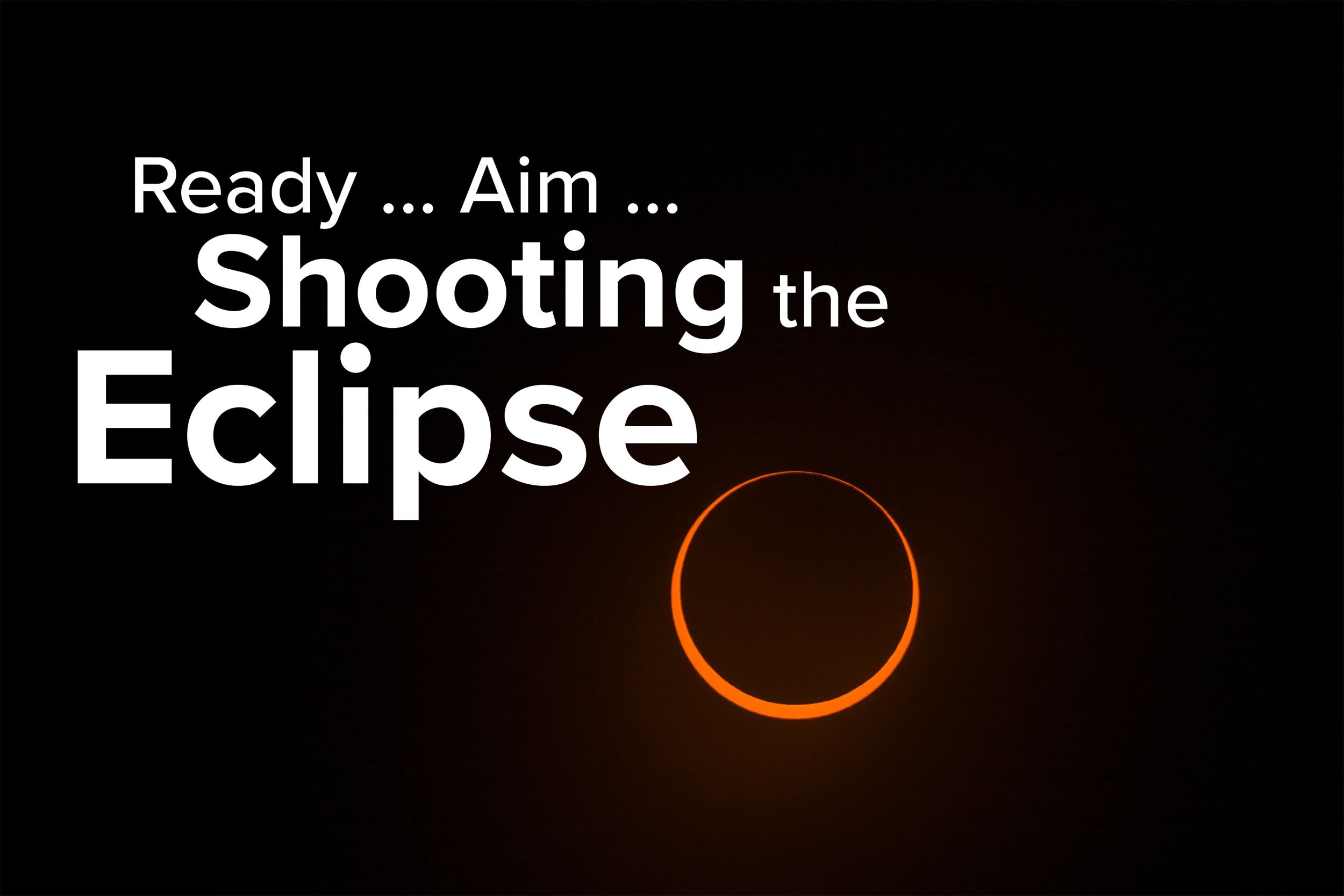Are You Ready for the Total Lunar Eclipse of 2025?
If total lunar eclipses seem like a thing of the past, there’s a good reason for that: The world hasn’t seen one since 2022. But have no fear—the disappearing act is back!
This week the moon will cross completely into Earth’s shadow, providing an opportunity for most of the photographers in the Western Hemisphere to get out and shoot this uncommon celestial event.
This eclipse will happen on the overnight of March 13 to 14, 2025—in other words, you want to be out tomorrow night. We’re offering this blog post to help you get prepared.
Info About the Eclipse
To learn more about this eclipse, we recommend checking out these excellent resources:
NASA: “What you need to know about the March 2025 total lunar eclipse”
Space.com: “When and where to see the next 'Blood Moon' lunar eclipse”
for lots of data and statistics, this breakdown from Time and Date AS
Where to See the Eclipse
A good portion of the Western Hemisphere will witness the total eclipse, including all of the contiguous United States and the eastern half of Alaska, plus all of Canada, all of Central America and half of South America.
Courtesy of NASA.
How to Shoot the Eclipse
Gear
You don’t need any special equipment beyond what you’d use to photograph any moon at night: camera, lens, tripod. You can add a cable remote, an intervalometer, a star tracker, etc., but you won’t need any special light filters or anything of that nature.
Consider using both long and wide lenses to create different types of compositions. The former will give you great moon portraits, while the latter will allow you to portray the moon as an element of a wider night scene (see below). The visible eclipse will last 3.5 hours from beginning to end, and totality will last about an hour. You can work through a lot of scenarios and ideas in that much time, and you can even wait out clouds that might be blocking the moon for a bit.
Lunar eclipse over Price Lake, Blue Ridge Parkway. Nikon D5 with a Nikon 24-70mm f/2.8 lens. Three blended frames shot at 30 seconds (foreground), 15 seconds (stars) and 1/4 second (moon), f/2.8, ISO 6400.
Scouting
Use PhotoPills to see ahead of time where the moon will be in the sky during the eclipse. You can do this with the Eclipse panel in the Planner, or if you’re already on location just use Night AR in the Moon pill to visualize where the moon will move during the times mentioned above.
Exposure
Pay attention to shutter speed. The moon moves faster than it appears—a little less than 2,300 miles per hour. The moon moves the length of its diameter every 2 minutes.
This means that if your shutter speed is too long, the moon will blur. The wider your lens, the longer shutter speed you can get away with—even as long as 10 seconds or so. But with longer lenses, you’ll be limited to much shorter speeds.
Be ready to change exposure. The moon will get darker closer to the middle of the eclipse, so an exposure that looks good at 1:30 a.m. EDT will appear dark at 3 a.m., and your good 3 a.m. exposure will blow out the moon at 5:00 a.m. But you have to be careful about compensating for that loss of illumination by changing your shutter speed too much, lest your moon go soft from motion (see above). Therefore, during totality you’ll probably want to increase your ISO instead.
More Info
In the past we’ve written a few blog posts about lunar eclipse photography. Reading through them will offer a little more context about how to work this week.
“Moon Shots: What We Learned from Photographing the 2019 Lunar Eclipse — National Parks at Night”
“Once in a Red Moon: Photographing the Lunar Eclipse — National Parks at Night”
“How I Got the Shot: Lunar Eclipse in a Sparkling Star Field — National Parks at Night”
When to Shoot the Eclipse
All phases of the eclipse will happen simultaneously for viewers across time zones. However, because your watches will be different, the times will be different. To that end, we offer the following guides for when to be out shooting, and for when to expect what. (Click to open, right-click to download.)
Atlantic Daylight Time (GMT -3)
Eastern Daylight Time (GMT -4)
Central Daylight Time (GMT -5)
Mountain Daylight Time (GMT -6)
Pacific Daylight Time (GMT -7)
Alaska Daylight Time (GMT -8)
Wrapping Up
We wish all of you great success in shooting for the moon this week! Please come back and share your photos with us. Share in the comments below, or on our Facebook page, or on Instagram (tag us @nationalparksatnight #nationalparksatnight #seizethenight). Be sure to tell a story too—the technical aspects, the challenge overcome, or a tale of the experience.
